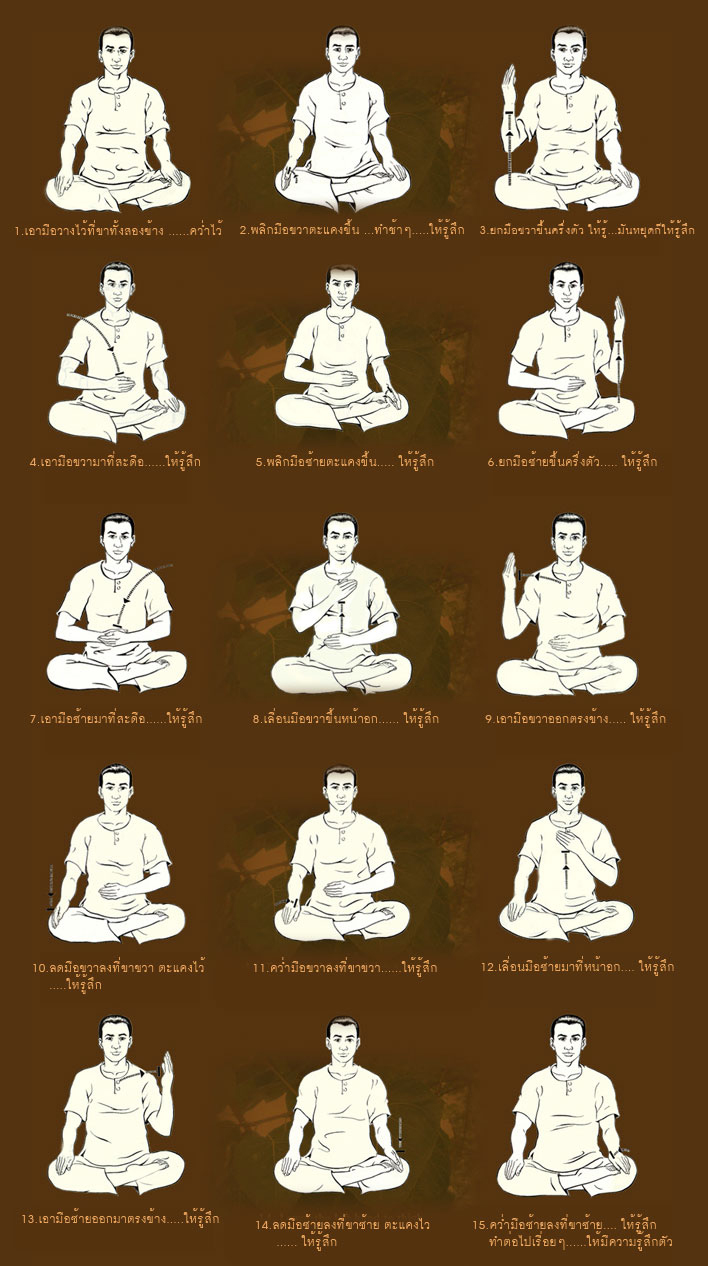You’ve probably experienced that odd moment of nodding off during your practice, especially if you’ve had a long and grueling day. It’s really no surprise that when the body FINALLY winds down, you fall asleep when meditating, so don’t beat yourself up about it.
The good news is, there are some simple solutions to the issue.
And that’s what this post is about.

Why You Fall Asleep When Meditating
The first thing you need to know is that it’s okay to fall asleep when meditating.
It’s always symptomatic of something, and can actually be a good thing, especially if you’re suffering from sleep deprivation or you’re body and/or mind are just in serious need of some rest.
The fact is: Our busy lives often leave us mentally exhausted.
The demands of work, a family and modern life in general — as well as addicting ourselves to swiping and scrolling on screens at any free moment — exhaust us mentally and physically. By the time we sit down to meditate, it’s no wonder our mind goes straight into shutdown!
Age may also play a role, especially if you’re in the golden years (in other words, beyond your 50s).
The simple fact is, older bodies tend to tire more easily, making it easier to drift off during meditation.
Strategies for Staying Awake
So, what’s the solution?
Well, if sitting still isn’t working for you, consider meditation with MOVEMENT.
That might strange sound, particularly if you’ve always associated meditation with sitting in the lotus position on the floor.
But movement-based meditation is incredibly helpful as a strategy for making sure you don’t accidentally slip into Sleepy Land. . .

Two Movement-Based Meditations
Walking Meditation
First, you could try taking a stroll with ‘Walking Meditation’ (you can find more about it in this article).
Many Thai monks swear by walking meditation as part of their routine; it’s a great way for them to not only boost mindfulness but also stay fit and healthy.
14-Hands Meditation
If your legs are giving you grief or space is limited, you might give the ’14-Hands Meditation’ technique a shot.
It was developed by a Thai monk called Luang Por Tian and is an excellent way to develop mindfulness of the body and keep you ‘in the zone’ so you don’t fall asleep while meditating.
The pictures below show you the basic positions.
Under the pictures I’ve listed the different steps.
After the steps is a video that shows you everything in motion. (It’s in Thai but it’s still easy to follow the motions.)
The Basic Positions

https://www.pasukato.org/developing_awareness_move.html
The Basic Steps
Start with your hands flat on your thighs (in a sitting, cross, legged-position if you like; if not, a chair or other surface is fine).
Then:

A Quick Video
See how it’s done, here.
Both types of meditation — Walking, and 14-Hands — are fantastic to incorporate alongside your traditional meditation practice (where you sit and focus on your breath or another object).
A Positive Feedback Loop
When you incorporate these movement-based meditations into your routine, you create a positive feedback loop.
You’ll not only fall asleep during meditation less; you’ll also power up your mind so, over time, you’re less tired and stressed during the day.
When you’re less tired and stressed in the day, its easier to sit down and meditate more ‘traditionally’ without falling asleep.
That means you’ll find it easier to enter the types of blissful states that open the door to higher levels of tranquility and happiness — without falling asleep!







0 Comments